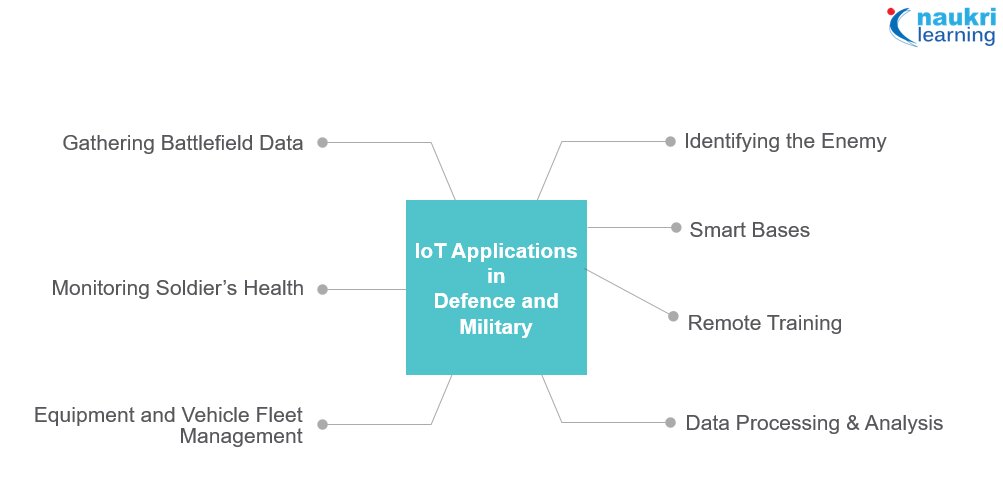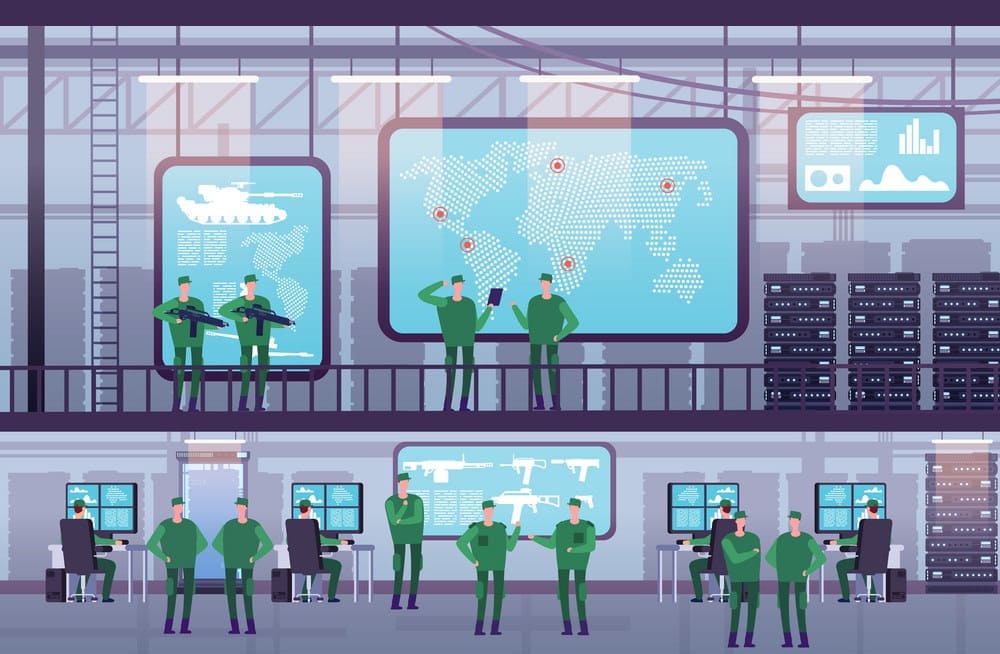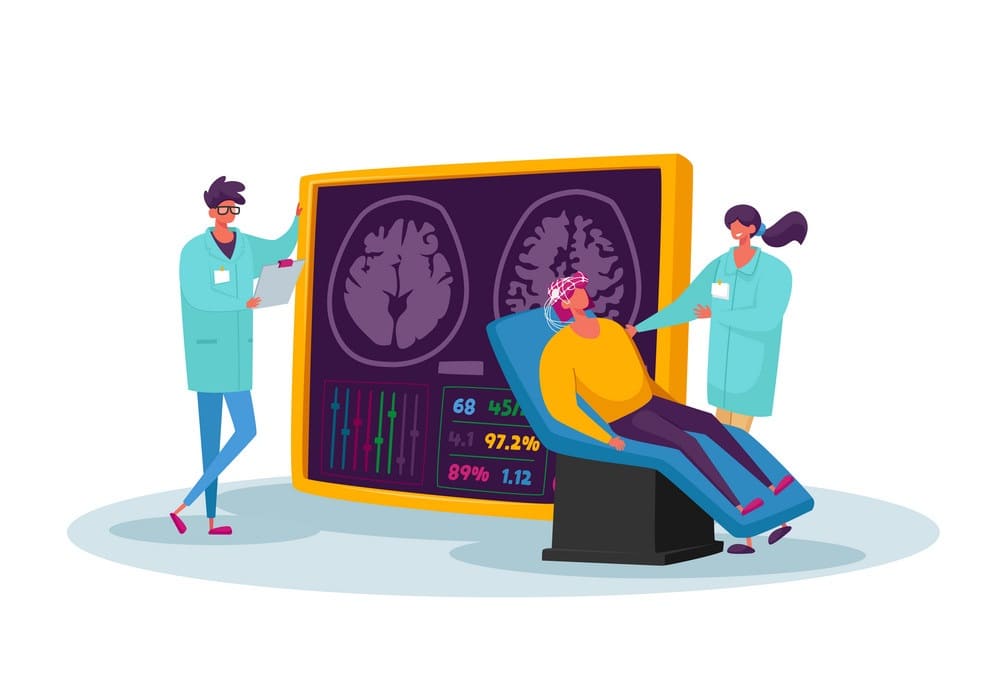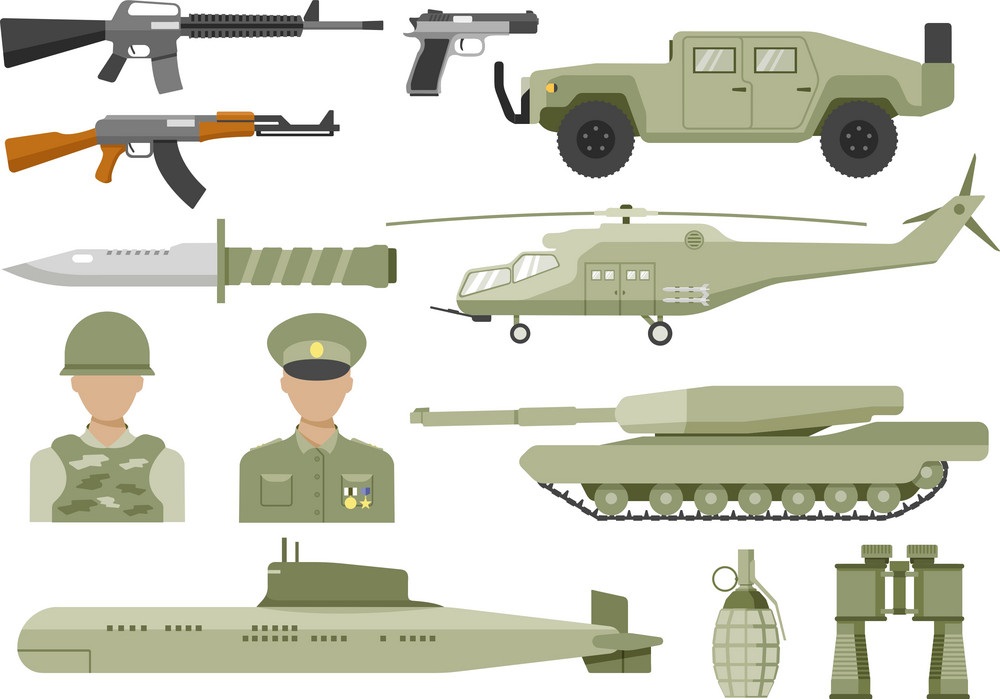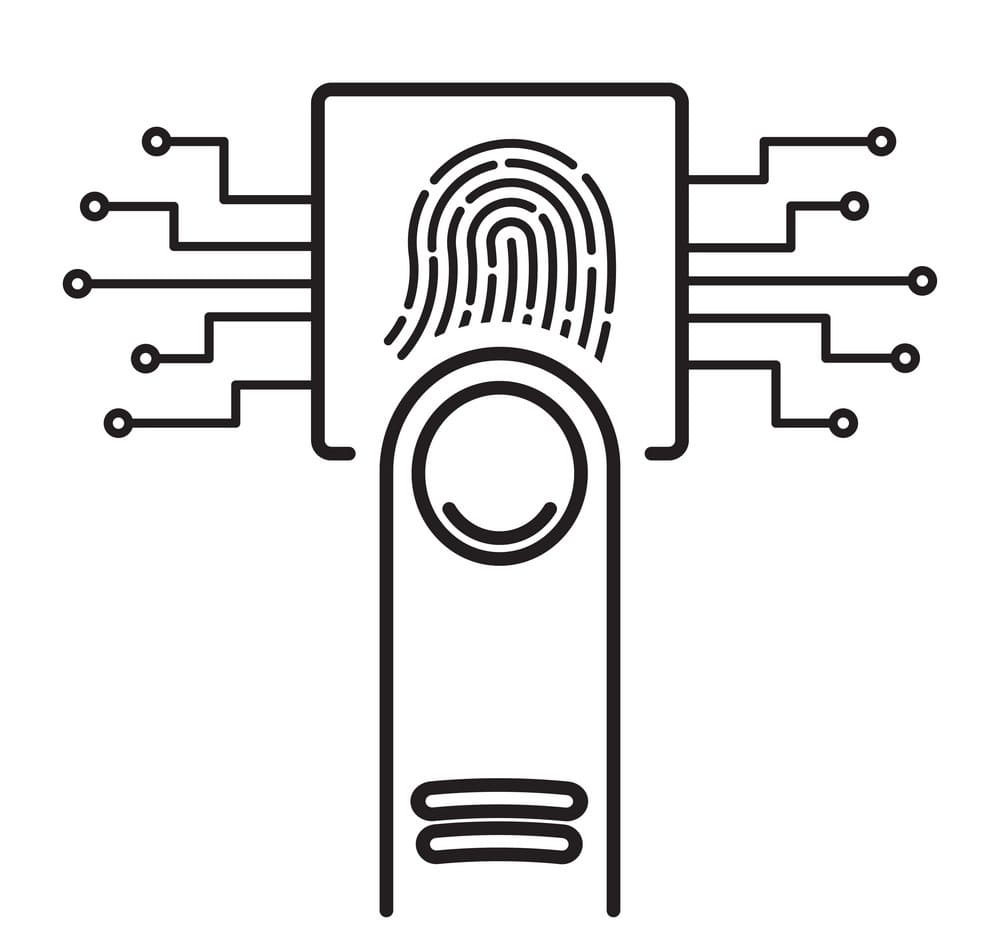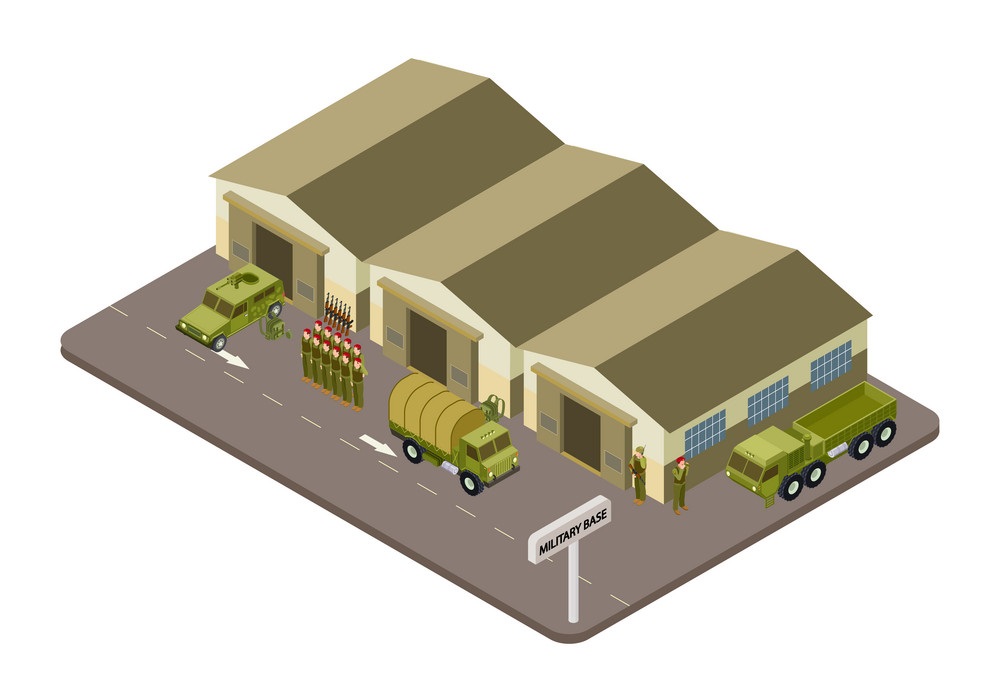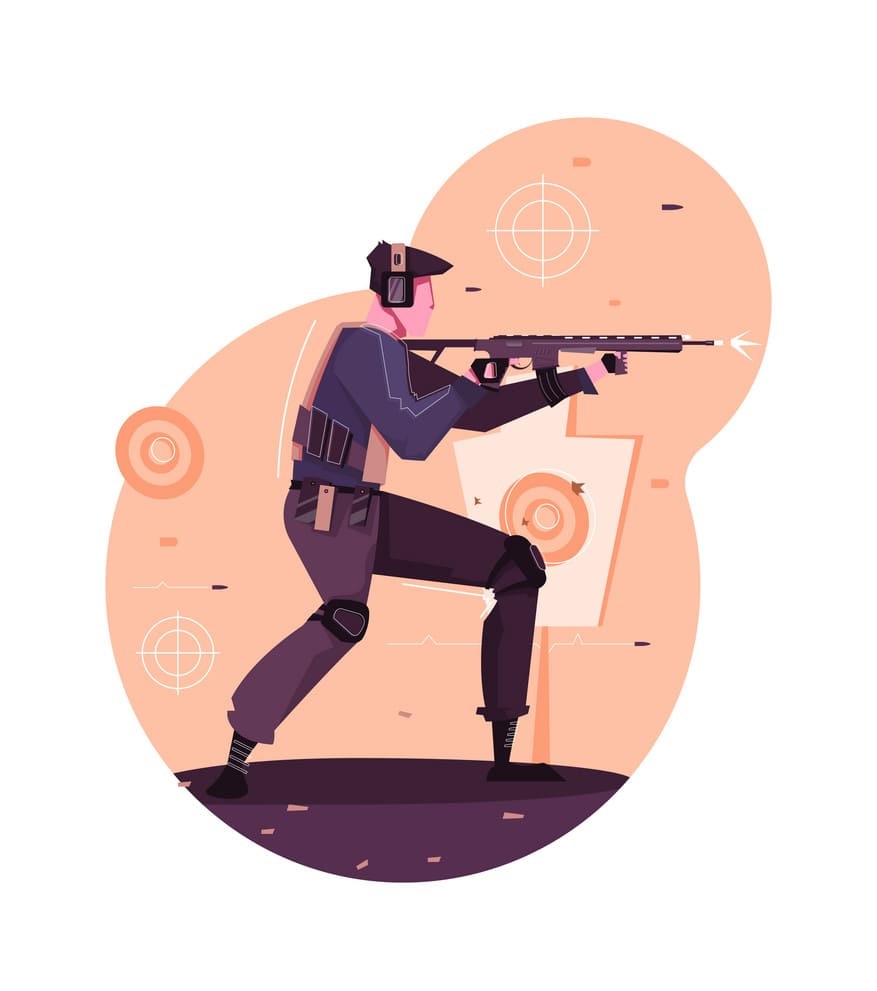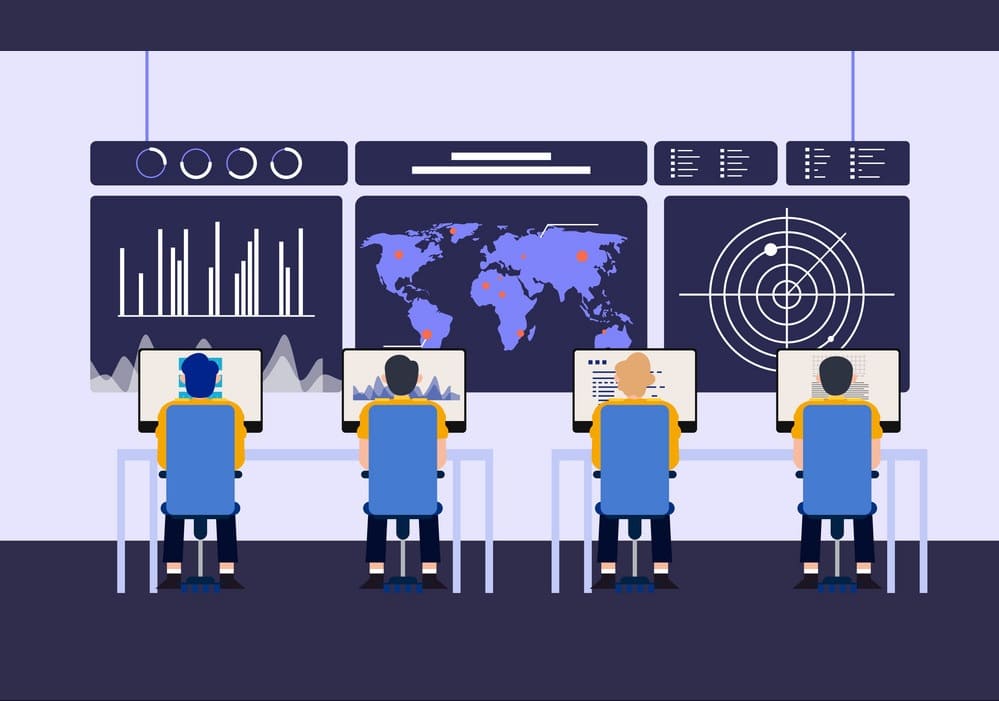Applications of Internet of Things (IoT) in Defence and Military
The Internet of Things (IoT) technology has been growing at an explosive rate in the past decade. Many industries and businesses are already embracing IoT to simplify, improve, and automate different processes. The IoT technology has the potential to dramatically improve various aspects of defence and military capabilities. Many countries are using this technology in defence and the military to drive new ways of conquering the of tomorrow. In this blog, we have listed 7 practical applications of the IoT in the defence and military fields.
Check out Popular Internet of Things (IoT) Courses
Internet of Military Things (IoMT) – Overview
Internet of Military Things (IoMT) or Internet of Battlefield Things (IoBT) is a class of Internet of Things (IoT) for modern battle operations and intelligent warfare. It refers to physical objects in the military domain, which are embedded with sensors, software, and other technologies. These objects communicate with each other to collect and transfer data over the internet to accomplish a broad range of activities in a more efficient and informed way.
In IoMT and IoBT, the sensors are incorporated into the combat suits, helmets, weapons systems, and other equipment used by soldiers. These sensors collect a variety of biometrics such as their iris, face, fingerprints, heart rate, gestures, and facial expressions.
Best-suited IoT and Connected Devices courses for you
Learn IoT and Connected Devices with these high-rated online courses
Applications of IoT in Defence and Military
In the modern world, military operations are becoming more complex and unpredictable. Using IoT can help defence and military personnel to take suitable actions in increasingly pressurized environments. Here are the most important applications of IoT in defence and the military.
1. Gathering Battlefield Data
IoT enables armed forces to survey the battlefield with unmanned aerial drones that are equipped with cameras and sensors. These drones can capture live images, trace the landscape and location of the enemies, and send real-time data to the command center. Using this data, officers can keep an eye on the battlefield and make informed decisions on time.
Also Read: Best Online Resources to Learn IoT (Internet of Things)
2. Monitoring Soldier’s Health
Another application of IoT in defence and the military is knowing the health status of a soldier. This is done by placing sensors in the soldiers’ clothes to track or centrally monitor their physical health and mental health. Sensors can monitor heart rate, body temperature, and thermal distribution as well as some behavioral attributes like speech patterns. The data about their changing medical condition can be shared with doctors in real-time so that they can arrange medical supplements or equipment in advance based on their needs.
Also Read: Top IoT Project Ideas for Beginners and Experts
3. Equipment and Vehicle Fleet Management
Regular maintenance of military vehicles and efficient transportation of ammunition and troops is important for a successful military operation. Connected sensors and analytics provided by IoT technology can help in tracking supplies from the source to where they are required on the battlefield.
Incorporating sensors into military vehicles can help track their position, fuel efficiency, damage level, engine status, and other crucial parameters. Smart tracking of defence and military transportation enables military fleets to quickly identify inconsistencies and implement solutions. This helps them lower transportation costs and reduce human operational efforts.
Similarly, arms, ammunition, and unmanned equipment can also be tracked using sensors. Integrating sensors into weapons can help the soldiers know when to reload. Unmanned equipment can be tracked and monitored during spying and surveillance the enemy grounds.
4. Identifying the Enemy
Enemies can access military bases with stolen badges or appear as civilians. IoT sensors can capture irises, fingerprints, and other biometric data to determine the identity of a person and find the individuals who can pose a threat.
Must Read: What is the Future of the Internet of Things (IoT)?
5. Smart Bases
IoT sensors and devices can be incorporated into military bases to improve the efficiency, performance, and convenience of assets and services on a military base. It can help in automated screening, efficient resource management, and more. Smart management of resources such as water and electricity can help enhance the capacity and output of military bases.
6. Remote Training
IoT can help military personnel to get prepared for the real battlefield fight. Movement sensors, acoustic sensors, and more can screen the personnel during preparation or practice and send data and insights to the coaches who prepare them.
7. Data Processing & Analysis
The information collected by IoT about various defence and military areas, such as weapons, aircraft, fleet, and troops can increase the effectiveness of their intelligence, surveillance, and reconnaissance systems. The data obtained related to these areas can enable armed forces to identify key threats quickly and with more accuracy. Military personnel can perform analysis on the collected data to recognize patterns and derive correlations.
Check Out the Best Online Courses
Conclusion
With the increasing anti-military activities, the use of IoT in the military and defence has become a necessity. Integrating IoT into existing military and defence infrastructures can help them become more efficient and effective and can significantly reduce combat losses in lives and equipment. Incorporating IoT into any kind of operation such as battlefield combat, spying an enemy base, or search and rescue. Combining IoT with Machine Learning can further help the military and defence in getting critical insights into the battlefield in real-time, enabling them to carry out a successful operation.
This is a collection of insightful articles from domain experts in the fields of Cloud Computing, DevOps, AWS, Data Science, Machine Learning, AI, and Natural Language Processing. The range of topics caters to upski... Read Full Bio



